Would you believe it – just after we pressed the ‘go’ button to publish our latest spectrum update blog we received confirmation of H3’s 5G channel deployment (NRARFCN 642000, if you’re interested), so we’ve updated the spectrum guide to include this and some additional information we received in response to the original version of the documents.
It’s that time again; we’ve pooled the results of our own RF survey data with updates provided by our good friend Peter Clarke (of pedroc.co.uk) and have updated our UK cellular spectrum guide, which can be downloaded as a presentation from here or as a datasheet from here.
A few notable changes in the last quarter – some further consolidation of the former GSM spectrum, the continuing slow disappearance of 3G across the country, new 4G channels and a whole swathe of new 5G capacity.
GSM
Following the spectrum swap undertaken between O2 and VF last year, only two slices of the original GSM900 band (of just over 7MHz each) are still being used for GSM by O2 and VF and the rest of the 900 band is in use by UMTS900 or LTE900.
There’s been a further reduction in the amount of spectrum in the 1800 band still being used by GSM, with EE taking a further 27 carriers away to use for LTE.
Arguably, GSM capacity has been wound down to just about the minimum level that’s possible to allow wide-area frequency reuse to continue to operate.
UMTS
3G UMTS coverage has definitely been wound down to the absolute minimum possible level in some areas – of the 16 UMTS channels that were originally used, there are some areas where only 4 of them seem to be in regular use, 1 channel per network, with the rest having been refarmed for LTE use. You can’t go any lower than that without sharing channels between operators! UMTS2100 is still being used in other parts of the most networks, though, and a transition over to full LTE2100 might take some time.
LTE
Half of the former E-GSM spectrum, that had been used for UMTS900 by O2 and VF, has been (or is in the process of being) refarmed to LTE (UARFCNs 2987 and 3050 are being phased out in favour of EARFCNs 3574/5 and 3700).
EE has rearranged its LTE1800 channels – there is now a primary 20MHz channel (1617) and two smaller secondary channels (10MHz 1761 or 15MHz 1788, but not both at the same time) deployed. Channel 1808 appears to still be in use for a ‘small cells’ layer.
5G
The 5G rollout is gathering pace across the country for all four networks. In out last update we’d only been informed of EE’s Band N78 assignment – 1x 40MHz channel – but in recent weeks the channels being used by other operators have become clearer, with mixtures of 20MHz, 40MHz and 50MHz channels being deployed by O2 and VF.
H3 are rolling their 5G services out in spectrum the acquired when they bought UK Broadband (UKBB) – as with all current 5G operation, H3 5G cells will be deployed as ‘secondary’ cells under the control of a 4G ‘primary’ cell – LTE2100 channels 76 & 124 seem to be being deployed to act as P-Cells in these configurations .
Future Changes
So, a fair bit of moving and shaking going on in UK spectrum, with the prospect of auctions for further 5G frequencies (for spectrum in the 700MHz and 3600-3800MHz bands) being planned for Spring 2020 and inevitable further auctions for millimeter-band 26GHz spectrum in the future.
We’ll keep an eye on spectrum changes and will be back with our next update in Q2 2020, but if you notice anything new in the meantime (or if you have comments on or updates of the information in this bulletin) please get in touch via enquiries@forensicanalytics.co.uk
References
Spectrum Auction 2020 (Ofcom) – https://www.ofcom.org.uk/__data/assets/pdf_file/0028/172648/revised-proposal-auction-design.pdf
5G in the UK (Ofcom) – https://www.ofcom.org.uk/__data/assets/pdf_file/0022/111883/enabling-5g-uk.pdf
Additional updates by Peter Clarke – www.pedroc.co.uk




